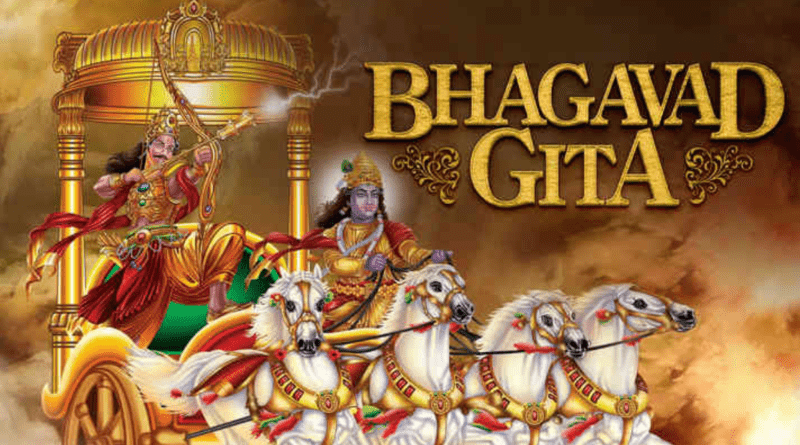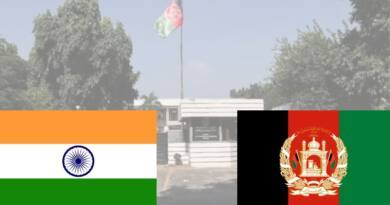Know About The First International Stunning Gita Mahotsav
The Bhagavad Gita is narrated through a discussion between Arjuna, the prince of the Pandavas, and Krishna, Vishnu’s charioteer guide. When the Pandavas and Kauravas engage in combat at the beginning of the Kurukshetra conflict, Arjuna becomes emotionally consumed with a dilemma and despairs at the thought of the bloodshed and deaths that would result from the conflict against his family. Arjuna asks Krishna for advice, wondering if he should give up the war. Krishna’s responses and explanations became the Bhagavad Gita. Arjuna receives advice from Krishna to “fulfil his Kshatriya (warrior) duty” in order to protect dharma. The Krishna-Arjuna discourse addresses a wide range of spiritual subjects, including moral and ethical conundrums and philosophical questions that extend well beyond Arjuna’s war.
The Gita asserts that every creature possesses both the ultimate self, Brahman, and a particular self, Atman, summarising the Upanishadic ideas of God. It has been suggested that the conversation between the prince and his charioteer is a metaphor for the eternal conversation that exists between God and the human self. Vedanta commentators interpret the Bhagavad Gita according to different ideas regarding the relationship between the Atman (individual self) and Brahman (supreme self). Advaita Vedanta asserts that Atman and Brahman are not dual, while Vishishtadvaita asserts that Atman and Brahman are related but distinct in certain ways. Finally, Dvaita Vedanta declares that Atman and Brahman are dual in every sense.
On March 1, the International Gita Mahotsav, a major cultural exchange programme led by the Kurukshetra Development Board and the Haryana government, made its debut in Sri Lanka. This three-day festival, which takes place at the Nelum Pokuna Theatre in Colombo, highlights the Bhagavad Gita’s ageless lessons and the richness of Indian spiritual history.
Creating Bridges Through Intercultural Communication
Thousands of people attended the celebration, which began with the customary chanting of mantras. Among them were 2,000 kids who competed in a variety of traditional and school clothes. These varied, but they all had the same goal of promoting the Gita’s teachings: they included Rangoli, fancy dress, and verse recitation. Kurukshetra Development Board Honorary Secretary Upendra Singhal said that the youthful attendees’ excitement demonstrated the festival’s ability to foster cross-cultural understanding.
Spreading the Gita’s teachings The 48 Kos Tirth Committee Chairman, Madan Mohan Chhabra, stressed the importance of the festival in bringing the Bhagavad Gita’s teachings and ideals outside of India. In addition to honouring Indian culture and civilization, the occasion seeks to disseminate the Gita’s wisdom to a worldwide audience. The fact that local Sri Lankan students participate in the festival’s events emphasises how applicable the Gita’s lessons are to everyone.
Consequences for Upcoming Cultural Discussions
The International Gita Mahotsav was successfully launched in Sri Lanka, demonstrating both the Gita’s timeless wisdom and the power of cultural diplomacy to promote international understanding and respect. With its continued growth, this festival may open the door for further international gatherings that promote cooperation and peace via common cultural values.




